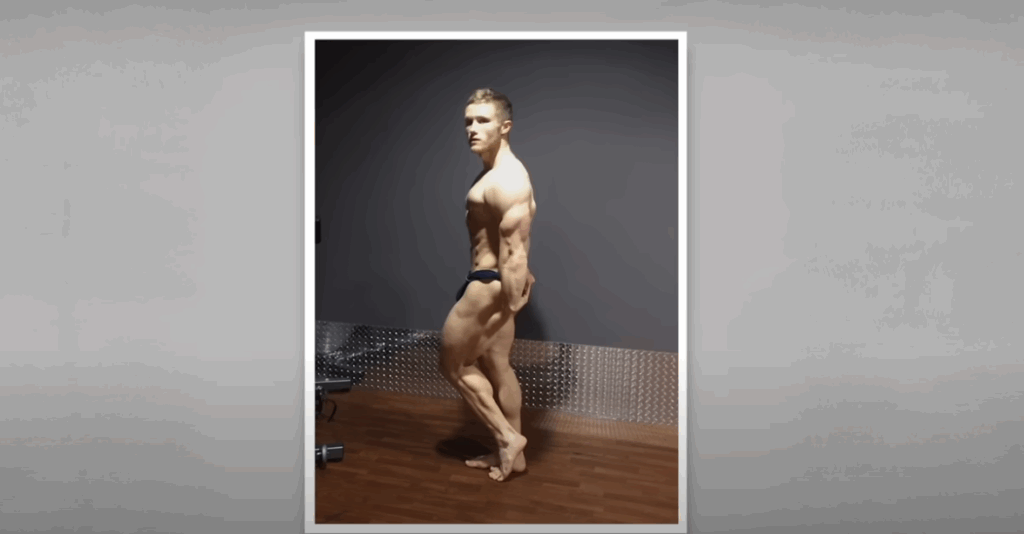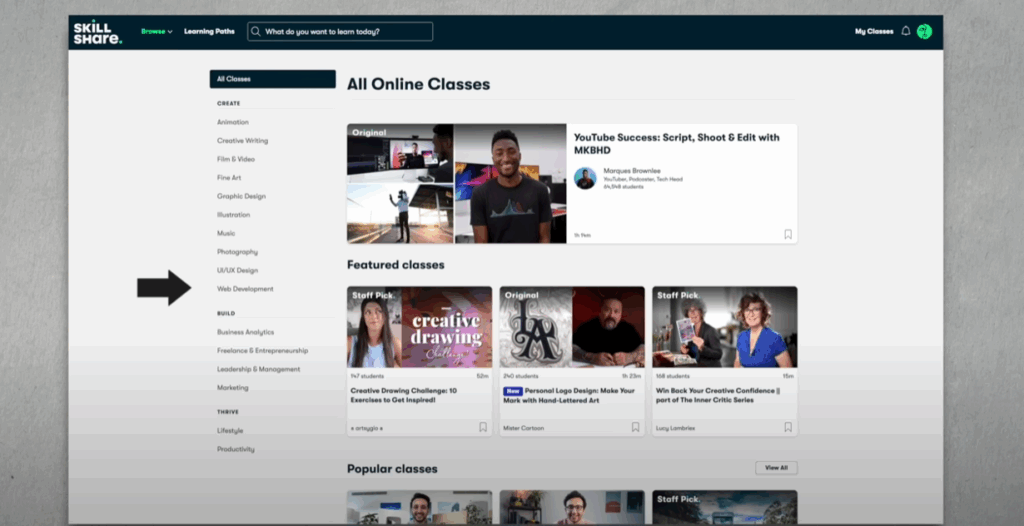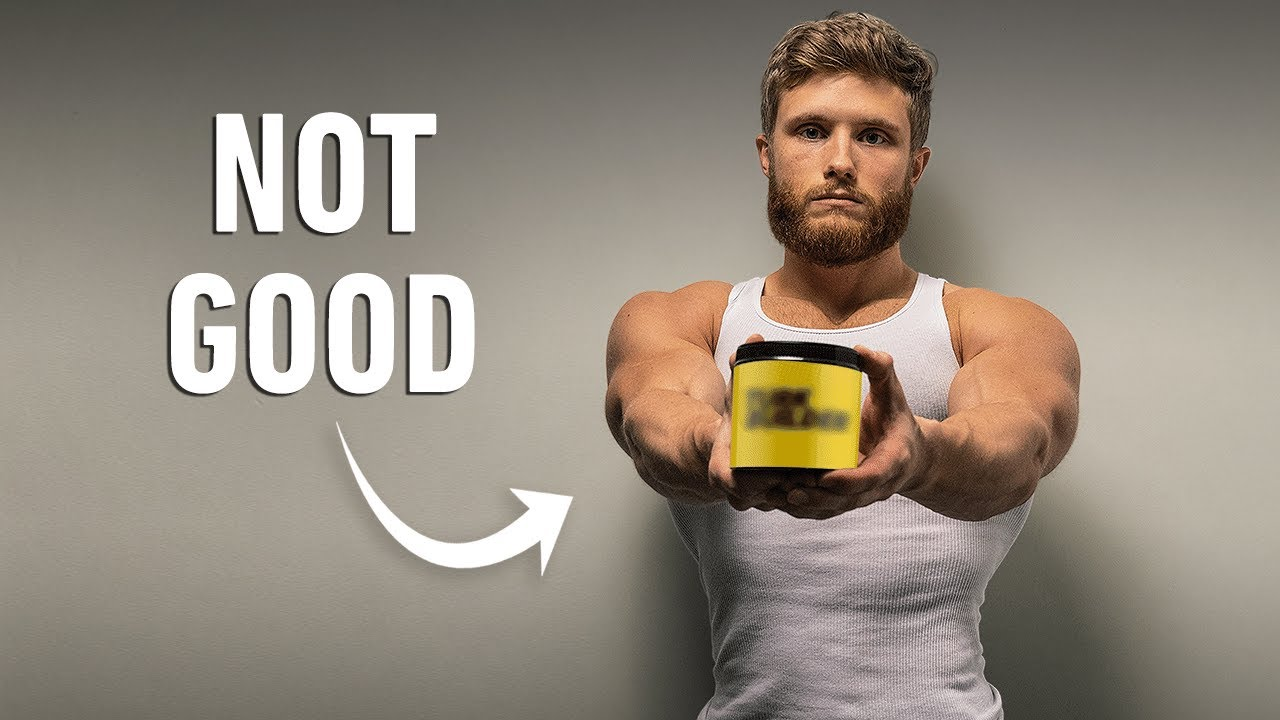The Dark Side of Staying Shredded: What Most Fitness Influencers Won’t Tell You
It’s easy to be drawn to the idea of staying shredded year-round. After all, social media is filled with ultra-lean fitness influencers who seem to maintain razor-sharp definition effortlessly. But what’s rarely shown is the physical, mental, and hormonal toll that extreme leanness takes on the body—especially for natural lifters. While achieving a stage-ready physique can be impressive, sustaining it is a different story altogether.
Let’s break down the truth about staying shredded, including the physical consequences, the mental traps, and a more realistic and sustainable approach to staying lean without wrecking your health.

1. Looking Jacked in Photos ≠ Looking Jacked in Real Life
When you’re shredded, your physique pops in the gym mirror or under ideal lighting. Muscles appear fuller, separation is crisp, and veins are prominent. But once the camera turns off, it’s a different story. Extreme leanness often leaves natural lifters looking smaller and flat in real life due to depleted glycogen and minimal body fat.
For example, someone who’s 5’5″ and weighs 150 pounds at 5% body fat may look incredible mid-pump, but without a pump or shirtless lighting, that same person might appear underfed or even frail. There’s a stark contrast between what we see during peak flexing moments and the rest of the day. And while the “Instagram body” might look impressive in a single snapshot, it doesn’t reflect how that body moves, feels, or functions around the clock.
2. The Natty Triangle: Pick Two
There’s a common dilemma in the natural lifting world—what’s sometimes called the “Natty Triangle.” You can:
- Be natural and shredded, but you won’t look big.
- Be natural and big, but not shredded.
- Be shredded and big, but not natural.
Only a rare few with elite genetics can check all three boxes. For the average natural lifter, aiming for both extreme size and low body fat at the same time often leads to burnout or unrealistic expectations. And many don’t realize that those fitness idols they compare themselves to might not be playing by the same rules.

3. You Might Not Feel Better—Even If You Look Better
Reaching an extremely lean physique might sound like the pinnacle of achievement. But ironically, many lifters find that the leaner they get, the more dissatisfied they become. As body fat drops below the “beach lean” range (typically around 10-12% for men), body image often worsens. Lifters start obsessing over every minor flaw—whether it’s a pinch of lower belly fat or slightly blurry definition.
This is a textbook sign of body dysmorphia, which tends to peak when you’re in contest shape. And it’s common for people to only recognize how lean they were in hindsight—months later, when they’ve gained some healthy weight back and look at old photos with disbelief.
4. Hormonal Havoc: The Hidden Cost of Getting Stage-Lean
Getting shredded isn’t just about visible abs and striated glutes—it has serious health consequences, especially for natural athletes. A widely cited case study tracked a natural male bodybuilder through 6 months of prep. He went from nearly 15% body fat down to just 4.5%. The result? His testosterone plummeted from a high-normal 922 ng/dL to a clinically low 227 ng/dL—levels more common in elderly men.
His hunger hormones also went haywire: leptin, which controls fullness, dropped, and ghrelin, the hunger hormone, spiked. His cortisol, the body’s primary stress hormone, doubled. On top of that, his mood tanked, and sleep became severely disrupted. And these aren’t isolated cases—female competitors often lose their menstrual cycles for months, and in some cases, over a year.
5. Weird Side Effects You Didn’t Sign Up For
In the final phases of contest prep, your body becomes so starved that strange things start to happen. It’s common for athletes to hoard junk food, binge-watch cooking shows, or even crave things that aren’t food. Some competitors have reported being tempted by the smell of pet food or finding disgusting things oddly appetizing. These are signs of extreme energy deprivation, and they’re more common than most people realize.
6. Are Fitness Influencers Really Healthy?
Seeing shredded influencers posting daily content might lead you to believe they’re thriving. But many of them are simply pushing through the discomfort, fueled by business incentives, sponsorships, or digital fame. Others rely on performance-enhancing drugs to maintain that condition with fewer side effects. And a few do have unusually low body fat set points, allowing them to stay lean with fewer issues. But these individuals are the exception, not the rule.

7. The “Set Point” Myth—and What the Science Now Says
We used to think every person had a single body fat “set point”—a level their body fights to maintain. Go below it, and your body ramps up hunger and slows down metabolism. Go above it, and your body encourages fat loss.
More recent research points to a model called the Dual Intervention Point Theory, which says that there are two boundaries: a lower limit and an upper limit. Within this range, your body is comfortable. Fall below the lower limit, and everything from libido to thyroid function takes a hit. Climb above the upper range, and your body may increase heat production and reduce appetite to bring you back down.
Understanding your personal lower threshold is key. For some, that might be 9% body fat. For others, dropping below 13% triggers side effects. The takeaway? Sustainable leanness is different for everyone.
8. The Trade-Off: Progress vs. Perfection
The longer you try to cling to ultra-low body fat, the harder it becomes to make meaningful gains in muscle and strength. Most natural lifters make the best progress in a lean-but-not-shredded range. And ironically, the constant push to stay shredded can lead to binge cycles, weight rebound, and an even worse long-term body composition.
Instead, aim for the bottom edge of your sustainable range. It allows for strength progress, social flexibility, and overall better mental health.
Final Thoughts
Extreme leanness might look amazing in photos, but it comes at a steep cost—physically, mentally, and hormonally. For most people, the goal should not be to stay contest-lean all year, but to identify a realistic body fat level that allows you to feel strong, energetic, and confident without wrecking your health.
That way, you’re not just building a body that looks good—you’re building one that can sustain a lifestyle, not just a moment.



